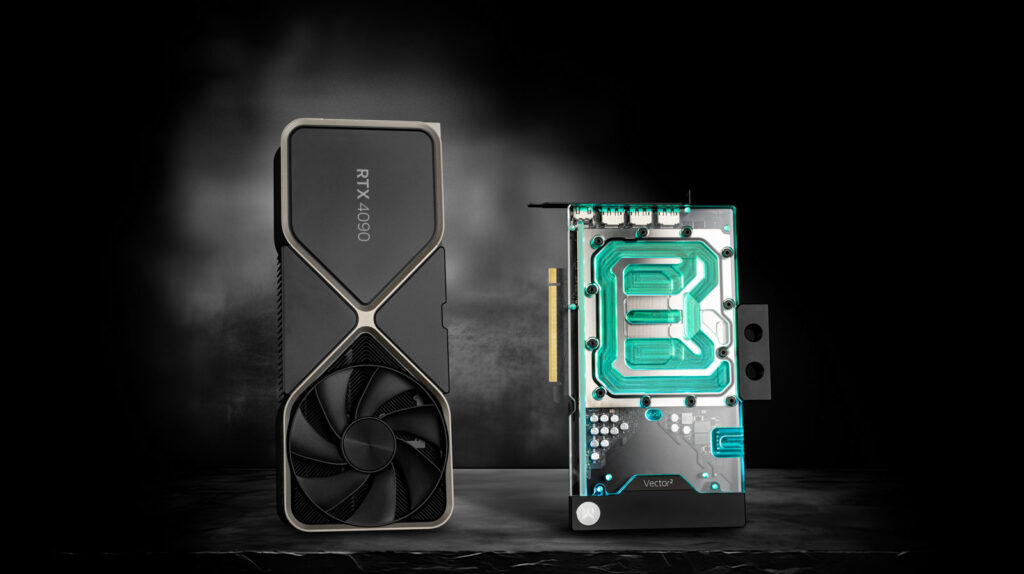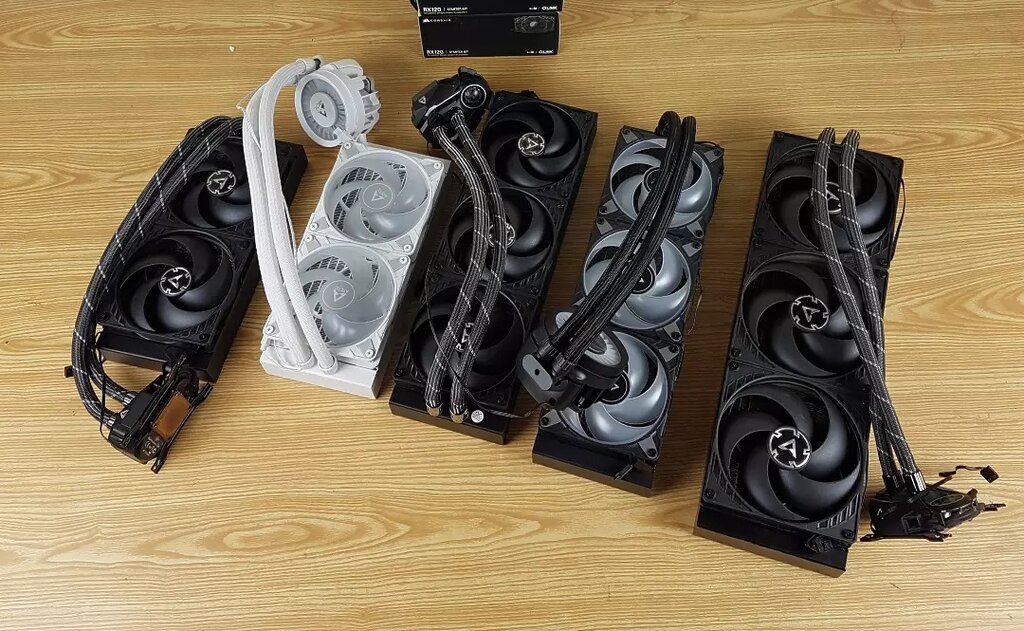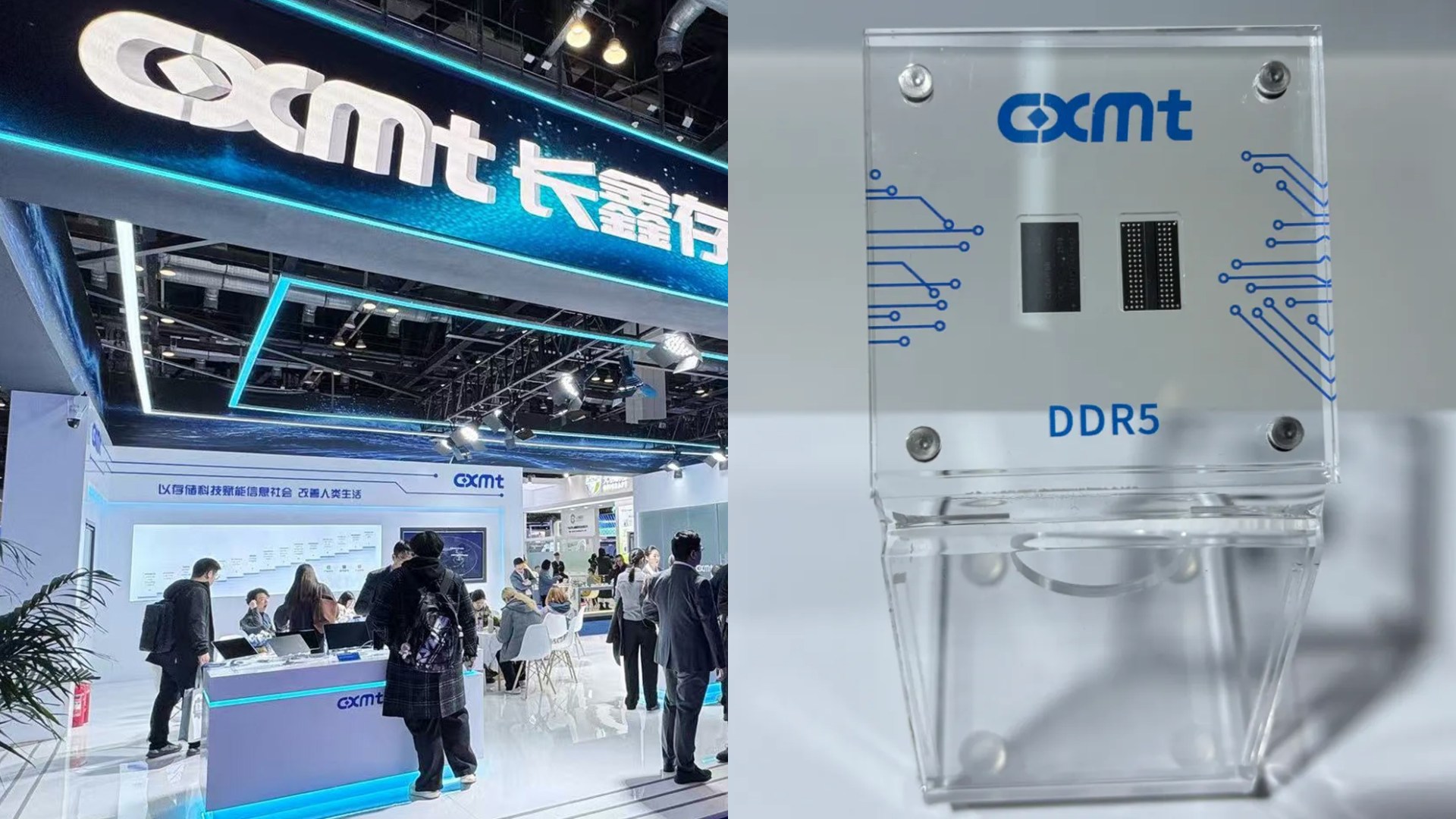- Liquid-cooled GPUs are costly and offer only marginal performance gains, making high-quality air-cooled GPUs a better value for most gamers.
- Liquid cooling requires regular maintenance and carries risks like leaks, unlike the low-maintenance air cooling option.
- The real-world performance boost from liquid cooling is modest, often not justifying the extra expense and hassle.
I have always been on the hunt for the latest PC hardware, and over time, I’ve seen the hype around liquid-cooled GPUs grow significantly. These sleek, high-performance components promise cooler temperatures and enhanced performance, but are they really worth the investment for the average gamer?
After weighing the pros and cons, I’ve come to a conclusion that might surprise you. Liquid-cooled GPUs might not be the upgrade you’re looking for.
The Promise of Cooler Temperatures
Sure, liquid cooling sounds like a dream come true. The promise of significantly lower temperatures and the ability to push your GPU to its limits without throttling is exciting. In theory, liquid-cooled GPUs can maintain temperatures 20-30 degrees Celsius lower than their air-cooled counterparts. However, after diving deep into the subject and considering my own experiences, I’ve found that the reality doesn’t always live up to the hype.

Take, for example, the comparison between the NVIDIA RTX 3090 with a high-end air cooler and the same GPU with a custom liquid cooling loop. Under full load during extended gaming sessions, the air-cooled RTX 3090 typically runs at around 75°C, while the liquid-cooled version might hover around 60°C.
While this is indeed a reduction, it’s not the drastic 20-30 degrees difference often advertised. Moreover, most modern GPUs are designed to operate safely at temperatures up to 85°C or higher, so the practical benefits of this temperature reduction are limited for the average gamer.
The Steep Cost of Liquid Cooling
The most glaring issue with GPU liquid cooling is their cost. High-quality liquid cooling systems can add several hundred dollars to your build. This substantial investment doesn’t translate into a proportional performance gain for many gamers. Let’s face it: The extra frames per second and slightly improved stability might not justify the significant expense.
I’ve seen many friends and fellow gamers go for liquid-cooled GPUs only to realize that the cost-benefit ratio isn’t as favorable as expected. In a world where the price of high-end graphics cards is already sky-high, adding the extra cost of liquid cooling can seem excessive.
Maintenance Headaches
Liquid cooling isn’t a set-it-and-forget-it solution. Unlike air-cooled systems that require minimal maintenance, liquid cooling demands regular attention. The coolant needs to be monitored and occasionally replaced to prevent algae growth or corrosion. There’s also the ever-present risk of leaks, which can damage other system components.

Personally, I find the maintenance aspect to be a significant drawback. As someone who prefers to spend my time gaming rather than tinkering with my PC, the added hassle of maintaining a liquid cooling system is a major discouragement. I highly value the peace of mind that comes with a reliable, low-maintenance air cooling system.
The Installation Challenge
Setting up a liquid cooling system means no walking in the park. It requires careful planning, precision, and a fair amount of patience. For those new to PC building, the complexity can be overwhelming.
I remember helping a friend install a liquid cooling system; it was a painstaking process. Ensuring everything fits correctly, double-checking connections, and testing for leaks took several hours.
Real-World Performance: Underwhelming for Most
Despite the theoretical benefits, the real-world performance gains of liquid-cooled GPUs can be underwhelming for many gamers. The performance boost provided by liquid cooling is often marginal when compared to high-quality air-cooled solutions.
Another often-cited advantage of liquid cooling is the potential for better overclocking. While it’s true that lower temperatures can allow for higher clock speeds, the actual performance gains are often modest. While you can achieve an increase in clock speed compared to air cooling, this translates to only a few extra frames per second in most games.
One of my favorite YouTubers, Paul’s Hardware, posted a really interesting video about the same topic.
Not Worth the Hype
So, are liquid-cooled GPUs worth the investment for gamers? No. The high cost, maintenance requirements, and installation challenges make them a less appealing option. While liquid cooling can offer cooler temperatures and quieter operation, the real-world benefits often don’t justify the significant investment.
For an average gamer, a high-quality air-cooled GPU provides a much better balance of performance, cost, and ease of use. You get reliable cooling, minimal maintenance, and a lower overall cost. Instead of spending extra on liquid cooling, you could invest in other components, such as a better CPU, more RAM, or a faster SSD.
Thank you! Please share your positive feedback. 🔋
How could we improve this post? Please Help us. 😔
[Hardware Reviewer]
Awais Khan is a Tech Geek, conscientious, reliable, and hardworking individual who pays attention to detail with excellent time management skills. Alongside that, he is an expert in PC Hardware; dealing with Benchmarks, Analysis, and testing before sharing information with readers. Whenever free, Awais occasionally shares Gaming Videos on his YouTube Channel.
Get In Touch: awais@tech4gamers.com


 Threads
Threads

